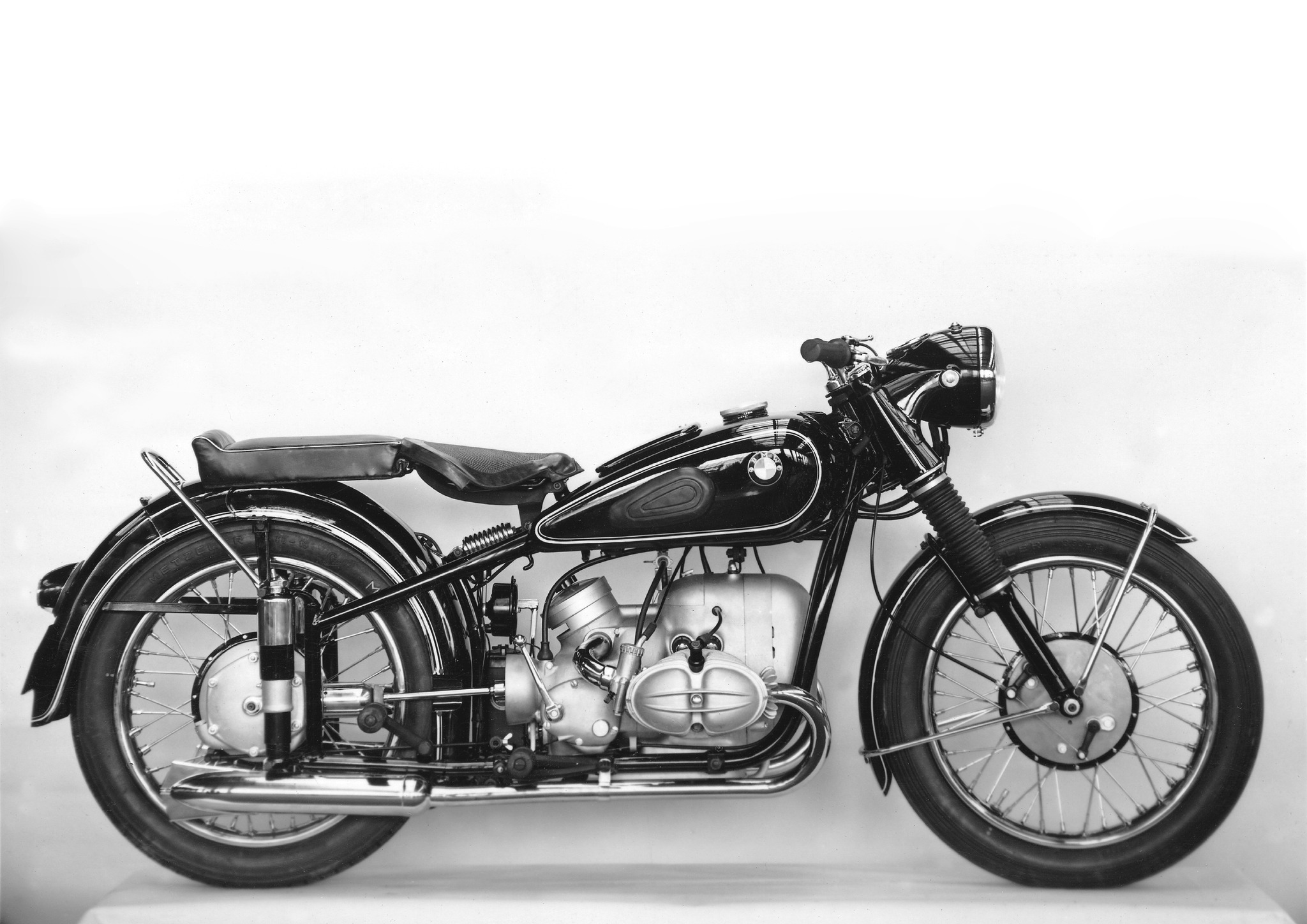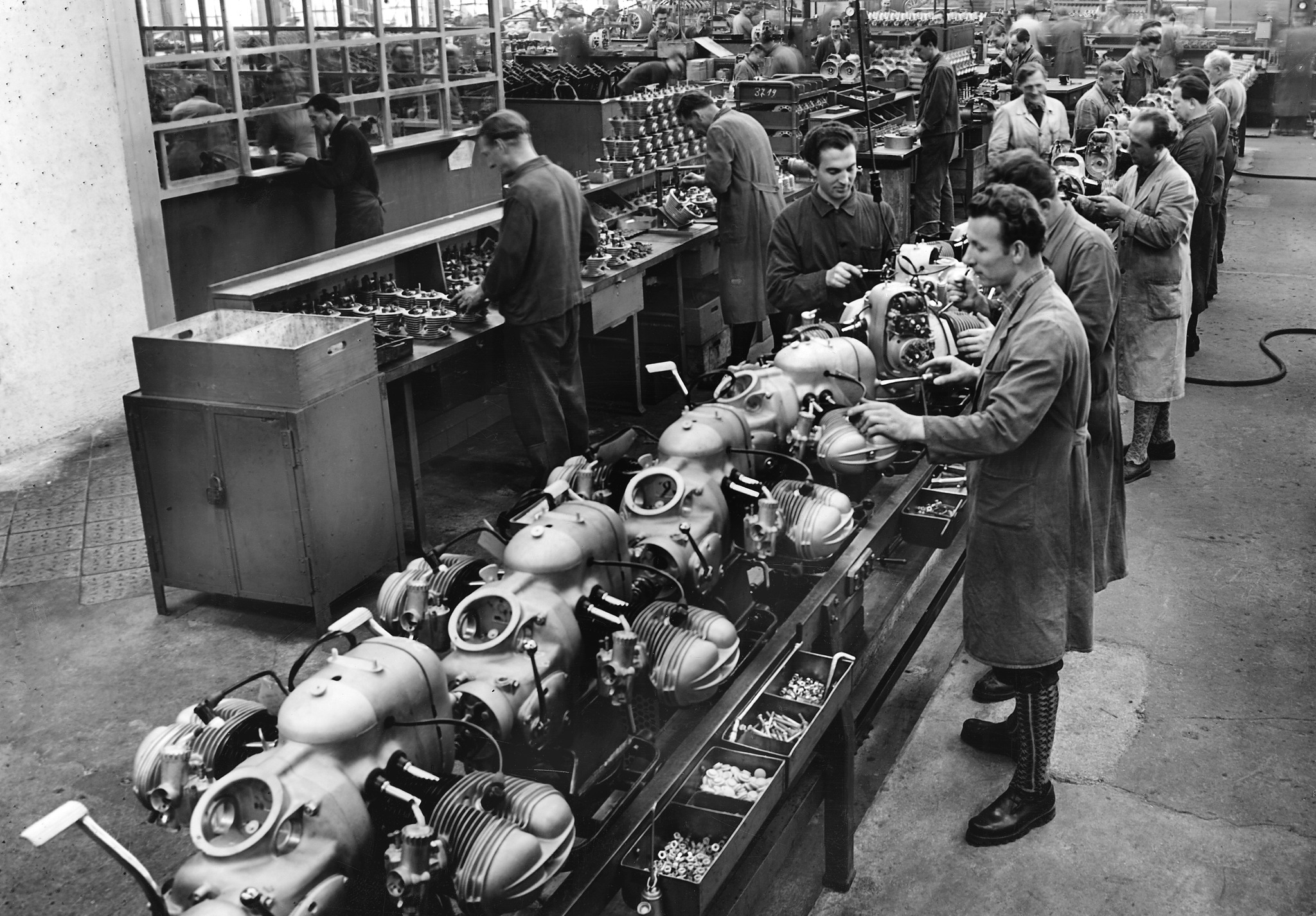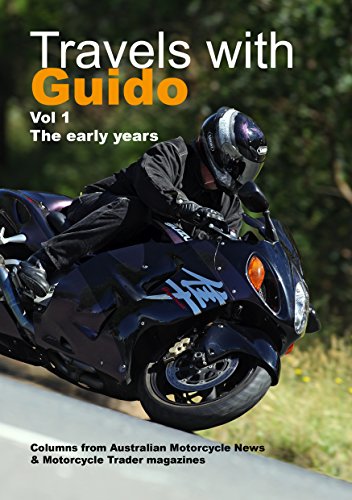Motorcycle Investor mag
Subscribe to our free email news
BMW R68
(by Ian Falloon, Mar 2022)

Boxer
legend
For the aficionado of
BMW motorcycles, only a few have come to exemplify the
finest attributes of the
marque. And one model that provides everything for the
serious connoisseur is
the R68, the holy grail of post-war production BMW
motorcycles. Not only was
the R68 the finest sporting BMW since the R66 of 1938,
it began a tradition of
dual-purpose machines that continues today with the
R1250GS.
Towards the end of
World War 2, BMW’s Munich factory was virtually
destroyed by Allied bombing and
it took several years to resurrect the company. The
R32 motorcycle saved BMW
after World War 1, and the R24 singles and R51/2 twins
emulated this in the
late 1940s. Even if they were virtually the same as
their 1939 counterparts,
demand was strong and by 1951, BMW needed a sporting
flagship to compete with
the new Triumph and BSA twins. Their response was the
superb R68, based on the
pedestrian R67 and providing a claimed top speed of
one hundred miles per hour
(161 kph).
In 1951, the FIM also
lifted the ban on German manufacturers competing in
international competition,
and BMW entered the International Six Day Trial for
off-road motorcycles.
During the 1930s BMW had considerable success in this
field of competition, and
it had a huge following in Europe.
Three factory R51/3
racers were prepared for veteran George “Schorsch”
Meier, Walter Zeller, and
Felix Kraus. So began a period of regular factory
involvement in the ISDT,
through until the early 1970s. Even with shaft drive,
the boxer twin proved
surprisingly adaptable to off-road use, culminating in
the Paris Dakar rally
victories in the early 1980s and leading to the highly
successful GS-series.
The 1951 ISDT bikes
featured a special high-rise two-into-one exhaust
system, and this was included
on the first R68 displayed at the end of 1951. This
exhaust system didn’t make
it to the 1952 production R68 that wore standard
fishtail exhausts, but the 2-1
remained an optional accessory.
Setting the 594cc 72 x
73 mm R68 engine apart from the touring R67 were
higher compression 8:1
pistons, 38 and 34mm valves, a fiercer camshaft,
rockers pivoting on needle
rollers under the new twin-rib valve covers, and a
barrel-shaped roller bearing
for the rear of the crankshaft. The twin rib rocker
covers lasted through until
the R90S of 1976, then made a surprise return in the
1990s on the retro R100R
and Mystic. With Bing 26mm carburettors, the power was
of the R68 up to 35bhp
at 7000 rpm. This may not sound too much today, but it
provided the R68 with
class-leading performance in 1952, even if the engine
needed to be revved hard
to get the best out of it. There was only a four-speed
gearbox.
The R68 chassis was
essentially identical to the touring R67/2, with
damped telescopic forks and a
plunger rear end. There were a few extra features to
justify the high price,
including a sporting front mudguard, and an optional
sprung pillion pad,
primarily to allow the rider to adopt a more prone
riding position. The 19-inch
wheels and 200 mm duplex brakes were the same as the
1952 R51/3, and the R68
weighed in at a reasonable 190kg.
There were few changes
for 1953. By late 1952 rubber gaiters appeared on the
front forks, and the
mufflers were now non-finned. After July 1953 a
sidecar mount was provided on
the frame, and for 1954, there were light alloy wheel
rims, a full width front
brake and a larger headlamp.
Priced exorbitantly,
the R68 continued a BMW tradition that made it
available only to a fortunate
few, but a few (around eight) did come to Australia.
Only 1452 R68s were
produced over its three-year production period, and it
remains one of the
rarest post-war BMW motorcycles. Because of its
superior performance, it is
also now one of the most desirable.

-------------------------------------------------
Produced by AllMoto abn 61 400 694 722
Privacy: we do not collect cookies or any other data.

Archives
Contact





